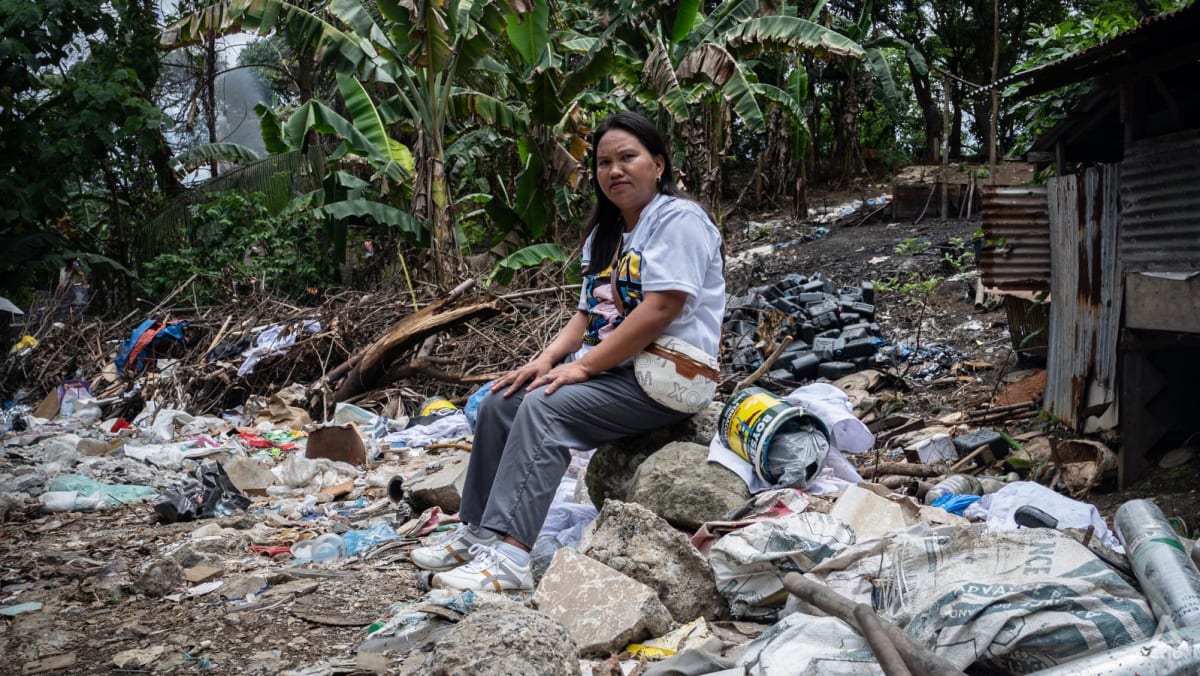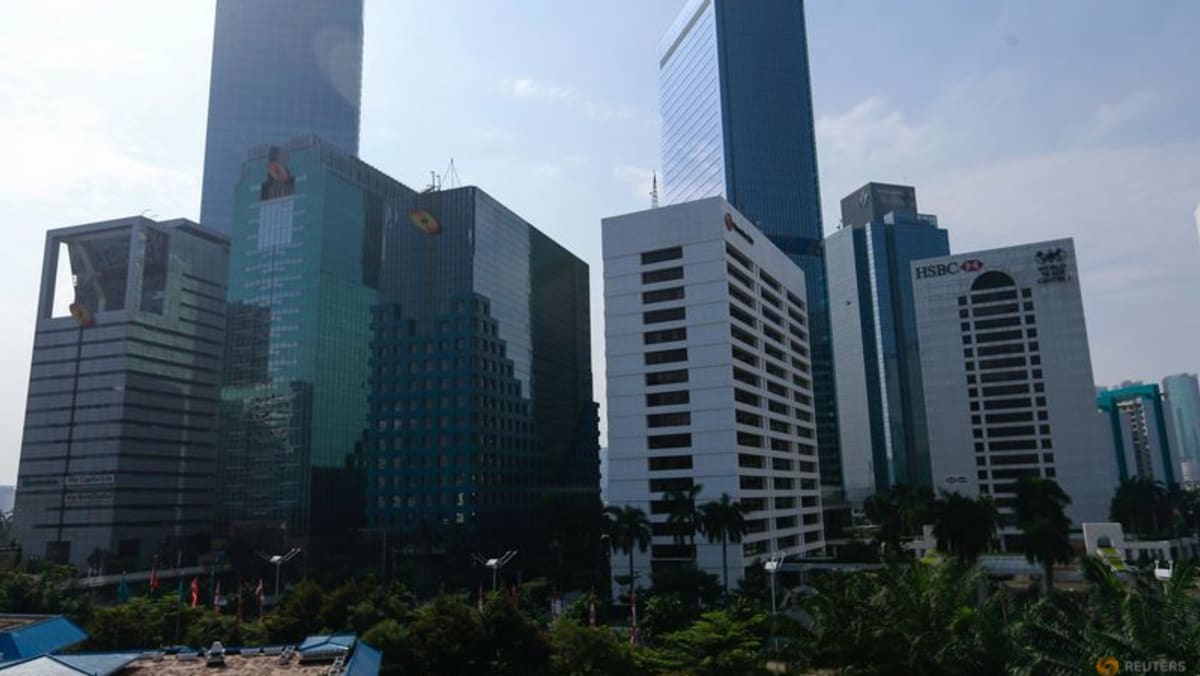Far From Home: Migrant workers from Philippines, Indonesia chase higher wages abroad, but at what cost?

SAN ISIDRO, PHILIPPINES/KUNIRAN, INDONESIA: When Madam Gina Fabiano first considered leaving her wooden home in the Philippines’ Rodriguez municipality to become a domestic worker in Saudi Arabia 7,000km away, her children begged her not to go.
They had never been apart, let alone separated by such great distance for such a long period of time. They would not know how to live their lives without her, they said.
But at the time, the now 43 year-old mother of five – who eventually worked in the Middle East for three years between 2016 and 2019 – felt that she did not have a choice.
Her family’s farmland was becoming increasingly unproductive ever since the government decided to open a landfill nearby in 2002.
Along with other families whose farmlands were also destroyed, Mdm Fabiano and her husband worked as scavengers, sifting through the tonnes of rubbish which originated from the Metro Manila area around an hour away, looking for metals, plastics and other valuables to sell to recycling plants.
The family’s income was never steady. Mdm Fabiano and her husband would earn as little as 1,000 to 2,000 pesos (US$17.10 to US$34.20) a month. The pay was barely enough to put food on the table and pay for her children’s tuition.
Then her mother died in 2016 and Mdm Fabiano, as the second oldest of 14 siblings, had to play the role of matriarch for her brothers and sisters, some of whom were still in school at the time.
“We didn’t have money to take my mother to the hospital when she got sick. I thought at the time that perhaps my mother would not have passed away if I had worked abroad sooner,” Mdm Fabiano told CNA, caressing the cross on her neck with her thumb.
So when the chance came that year to become a domestic worker in Saudi Arabia with a pay of US$400 per month, she jumped at the chance.
In 2016, Mdm Fabiano became one of 2.1 million Filipinos who left their country in search of work abroad, according to data from the Philippines’ Department of Migrant Workers. This figure would drop during the pandemic before rising to a new record of 2.3 million in 2023.
The majority of them came from remote rural areas and impoverished urban neighbourhoods such as Rodriguez’s San Isidro district where job opportunities are scarce, especially for people like Mdm Fabiano who only has a junior high school diploma to her name.
Working overseas allowed these Filipinos to earn at least twice the country’s minimum wage of US$10 a day, but it comes with some hefty costs.
For mothers like Mdm Fabiano, working abroad meant losing the chance to watch their children grow up, celebrate special occasions such as birthdays and Christmas as well as missing out on important moments like first days of school and graduations.
For those left behind, it meant losing someone they love, a guardian, a mentor and a shoulder to cry on.
“The most difficult part was I was not able to take care of my only daughter,” Mdm Fabiano said of her youngest child who was still in kindergarten when she left.
“All I could do was call her on my phone and ask: ‘What are you doing now? Did you eat? Are you going to school?’ That’s all. But the girl I took care of in Saudi: I could tie her hair, feed her properly, tuck her to bed.”
“I was able to take care of her but I couldn’t even care for my own kids.”
Source: CNA















